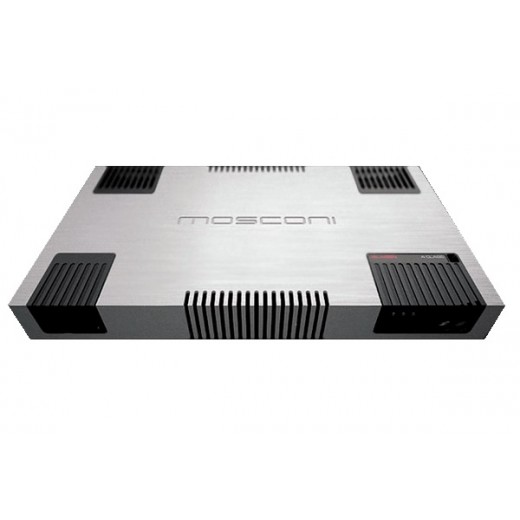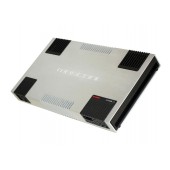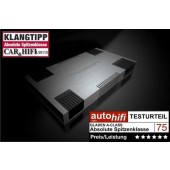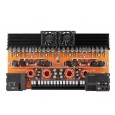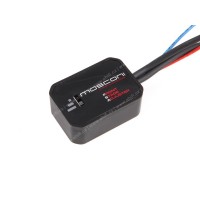Mosconi Gladen A-Class amplifier
2-channel, 2 x 100 into 4 Ω / 2 x 170 W RMS into 2 Ω, class AB, top model
More about the product
More about the product
Mosconi Gladen A-Class amplifier
The reference and most expensive Mosconi Gladen amplifier ever! It is a DUAL MONO design, which guarantees maximum sound quality and realism with the correct setting and placement of the converters in the car. Special dynamic class A circuits combine the best sound and excellent acoustic performance. Option to switch to "Direct Drive" to achieve the shortest signal path.Key features of the Mosconi Gladen A-Class amplifier
- Very special Class A Dynamic circuits combine the best energy efficiency with excellent acoustic performance.
- Complete accessory solutions and BJT power devices to achieve an exceptional audio experience.
- Dual Mono and SMD technology.
- Active cooling in the body of the amplifier.
- Absolute Spitzenklasse rating in a German trade magazine.
- Zero negative feedback to avoid any kind of intermodulation distortion.
- Direct drive option to achieve the shortest signal path.
- Proprietary A-Class on Demand technology circuits always ensure the best operating point of the output transistor, which corresponds to the actual needs of A-Class.
- Control circuits prevent sharp saturation of the output stages when the signal is close to the power rail level.
- Always pleasant and not tiring to listen to, even at high power levels!
- Made by hand in Italy.
| Catalog number | A-CLASS |
| Brand | Mosconi Gladen |
| Links | Official web presentation |
Product comments
Evaluation
ask us
